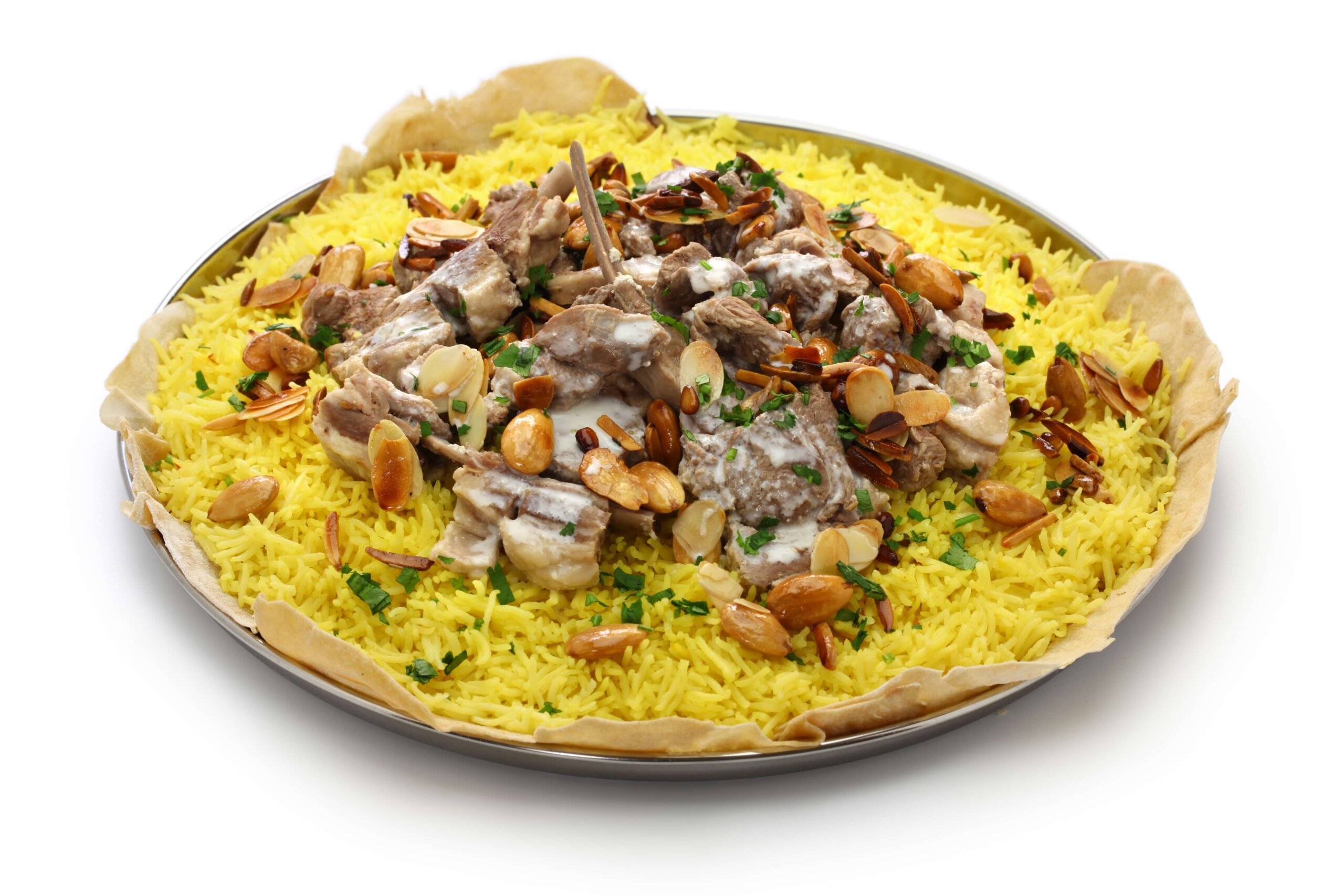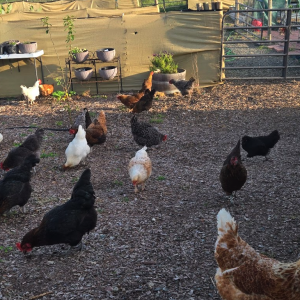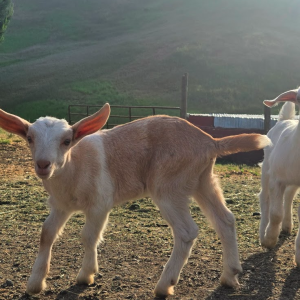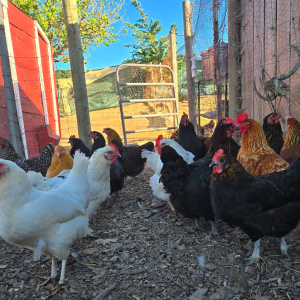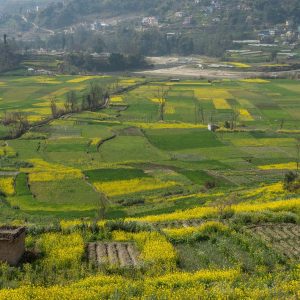Jordanian Olive Oil: A Deep Dive into Its History, Cuisine, Places, and Unique Aspects
1. History of Olive Oil in Jordan
Olive cultivation in Jordan dates back to the Neolithic period (8,000–4,000 BCE), with archaeological findings showing that ancient civilizations used olives and extracted oil for food, lighting, medicine, and trade.
- Nabateans (4th century BCE–1st century CE): This ancient civilization, which built Petra, planted olive groves and established irrigation systems to sustain olive trees in Jordan’s dry climate.
- Romans & Byzantines (1st–7th century CE): Expanded olive oil production, establishing olive presses, some of which are still visible in places like Jerash and Umm Qais.
- Islamic Era (7th century CE–present): Olive oil became an essential commodity for daily life, religious rituals, and cooking.
Today, Jordan boasts approximately 11 million olive trees, covering nearly 72% of the country’s cultivated land. The country is among the top 10 olive oil producers in the world.
2. Olive Oil in Jordanian Cuisine
Jordanian cuisine relies heavily on olive oil, not only for its rich flavor but also for its nutritional benefits. Here’s how it’s used in traditional dishes:
Savory Dishes:
- Mansaf – Jordan’s national dish, featuring lamb cooked in fermented yogurt (jameed) and served over rice, is often complemented with a drizzle of olive oil.
- Galayet Bandora – A simple dish of tomatoes, garlic, and olive oil, cooked and served with fresh bread.
- Mujadara – A lentil and rice dish topped with caramelized onions and a generous amount of olive oil.
- Makmoura – A traditional layered dish of dough, onions, and meat, slow-cooked in olive oil.
Breakfast & Dips:
- Zaatar & Olive Oil (Zeit o Zaatar) – A staple Jordanian breakfast where bread is dipped in olive oil and then in a mixture of thyme, sumac, and sesame.
- Hummus & Mutabbal – Chickpea and eggplant dips drizzled with fresh olive oil.
- Fattet Hummus – Layers of chickpeas, yogurt, and toasted bread, finished with a drizzle of olive oil.
Baked Goods & Desserts:
- Manakish – Flatbread topped with zaatar and olive oil, a popular street food.
- Ma’amoul – Date-filled semolina cookies made with olive oil instead of butter.
- Basbousa – A semolina cake where olive oil is used for extra moisture.
3. Olive Oil-Producing Regions in Jordan
Jordan’s diverse landscapes contribute to high-quality olive oil production, with each region offering unique characteristics:
Northern Regions (Cooler Climate & High-Quality Oil):
- Ajloun – Known for its ancient olive trees and traditional olive presses. Many farms here practice organic farming.
- Irbid – One of Jordan’s largest olive-growing areas, producing robust, peppery olive oil.
- Jerash – Famous for its Roman ruins and high-altitude olive groves, which produce aromatic oil.
- Umm Qais – Home to some of the oldest olive presses from the Roman period.
Central Regions (Mild Climate & Balanced Flavor):
- Madaba – A historic city where olive oil production dates back to biblical times.
- Salt & Balqa – Known for their well-balanced olive oil with mild fruity flavors.
Southern Regions (Warmer Climate & Strong Flavor):
- Karak – Produces strong, earthy olive oil, often used in traditional Jordanian dishes.
- Tafilah & Ma’an – Although not as famous for olive oil, these regions have resilient olive trees producing unique flavors due to the desert climate.
4. Interesting Facts About Jordanian Olive Oil
- Oldest Olive Trees: Some trees in Jordan, especially in Ajloun, are over 1,000 years old and still producing olives.
- High-Quality Extra Virgin Olive Oil: Jordan is known for cold-pressed extra virgin olive oil, meaning no heat or chemicals are used during extraction, preserving its nutrients.
- Annual Olive Harvest Festival: Every autumn (October–November), families and farmers across Jordan gather for the olive harvest season, celebrating with traditional foods and storytelling.
- Olive Oil Soap Making: Inspired by Nablus (Palestine), Jordan also produces natural olive oil-based soap, which is known for its skin benefits.
- Traditional Olive Presses: Some of the oldest Byzantine and Roman olive presses can still be seen in places like Pella, Jerash, and Umm Qais.
- Jordan’s Olive Oil in Global Markets: Jordan exports premium olive oil to Europe, the Gulf, and North America, where it’s recognized for its purity and quality.
- Symbolism of Olive Trees in Jordan: Olive trees symbolize peace, prosperity, and longevity in Jordanian culture and are often planted as a symbol of heritage.
5. Best Olive Oil Brands in Jordan
If you’re looking to buy high-quality Jordanian olive oil, here are some of the best brands:
- Al’Ard – Known for its organic extra virgin olive oil.
- Zaitt Olive Oil – Offers cold-pressed and unfiltered olive oil.
- Al Barakeh – One of Jordan’s top-selling brands, available in international markets.
- Dibeen Olive Oil – Named after Dibeen Forest, known for producing some of Jordan’s best organic olive oil.
- Ajloun Olive Oil – From the fertile lands of Ajloun, this oil is renowned for its fruity and robust taste.
6. Where to Experience Olive Oil Culture in Jordan
If you’re visiting Jordan and want to immerse yourself in olive oil culture, consider:
- Ajloun Forest Reserve: Participate in an olive-picking experience with local farmers.
- Jerash Olive Festival (October–November): A great place to taste different types of Jordanian olive oil.
- Petra & Wadi Musa: Learn about Nabatean irrigation systems that sustained ancient olive farms.
- Salt Old Olive Presses: Visit heritage sites where olives were pressed using ancient stone mills.
Final Thoughts
Jordan’s olive oil heritage is deeply rooted in its history, cuisine, and culture. From ancient olive trees to traditional dishes and modern exports, olive oil remains a symbol of Jordanian hospitality and tradition. If you ever visit Jordan, experiencing an olive harvest or tasting fresh extra virgin olive oil is a must!

